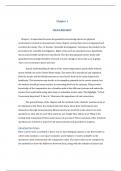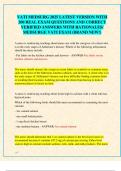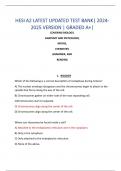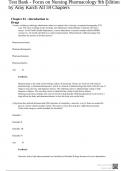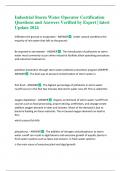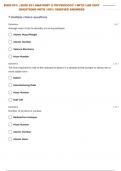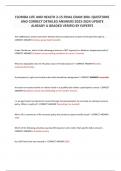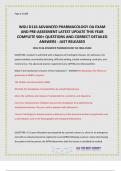Exam (elaborations)
Options, Futures, and Other Derivatives, Global Edition 11th Edition by John Hull | TEST BANK - All Chapters 1-26.
TEST BANK for Options, Futures, and Other Derivatives, Global Edition 11th Edition. by John C. Hull. ISBN 0623. Complete Chapters 1-26. TEST BANK for Derivatives Markets 3rd Edition by Robert L. McDonald. ISBN 8786. All Chapters 1-27. Chapter 1 Introduction to Derivatives1.1 Multiple Chapter 2 An I...
[Show more]




